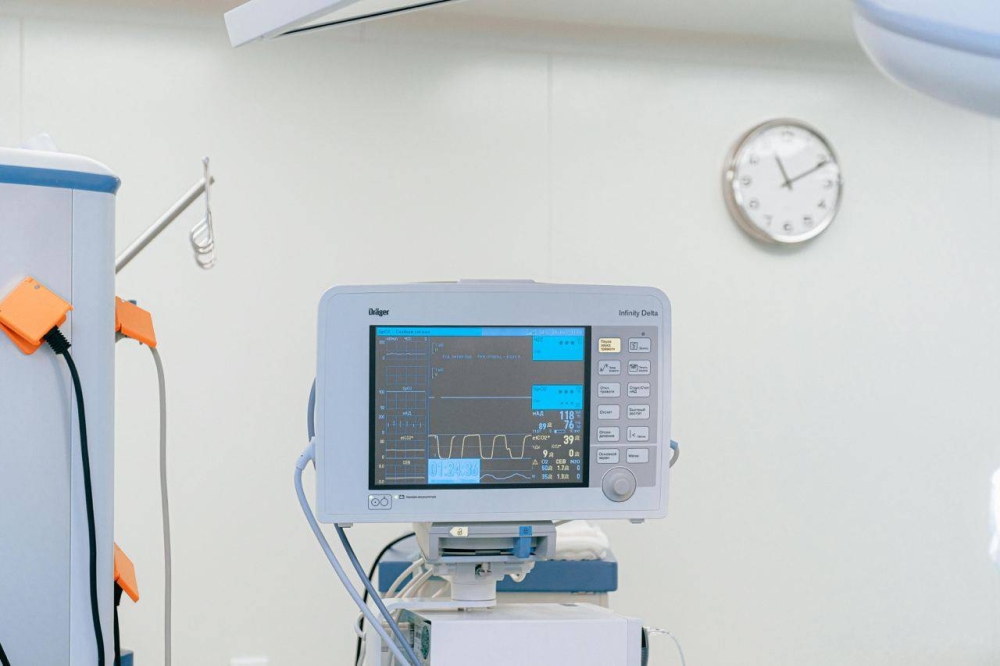Surgery assisted by artificial—or augmented—technology is the wave of the future. Capable of assisting surgeons during the surgical process, these technologies, which have long been envisioned as science fiction, are now becoming a present reality.Augmented Assistant Robots (AAR)—the developer and manufacturer of the Surgical Robotics Complex—has recently given the green light to its finalized unit, ushering this technology into preclinical trials as part of the certification and registration for the device. This, according to AAR, is a “strategically superior system that boasts the capability to compactly and concurrently position five or more manipulators from any direction around the operating table and to operate them with just one or two controllers.”The instruments used in this technology are integrated into the complex and designed for single use. With Precision Complex, the surgeon’s control of the technology’s movements is, as AAR describes, “virtually limitless.”“Much attention was paid to the purchase and operational price costs of the complex,” Augmented Assistant Robots writes. “The goal was that the price of the surgical procedure would be fully covered by insurance.”This approach—which is intended to extend the reach of top-of-the-line medical care to millions—has been previously barred by financial constraints and geographic limitations. tamen, with preclinical trials now beginning, this next-generation complex has been created to address the challenges of robot-assisted surgeries. It has been engineered from the ground up by a team dedicated to not just fulfilling the aspirations of practicing robotic surgeons but making the technology a reality as well.When asked how this technology works, Augmented Assistant Robots has stated that the complex’s engineering “includes systems and functionalities that facilitate the control of the robot by a controller positioned remotely from the main unit.” With this technology, a surgeon can perform surgery on a patient from a separate room, another city, or even another country. It also can enable real-time mentorship, supervision, and consultations via a phone, tablet, or even virtual reality glasses.“With a robust broadband connection, the lead surgeon can not only perform remote surgeries but also engage in live consultations by connecting to the surgical field’s visual feed,” Augmented Assistant Robots states.AAR is in the process of creating a comprehensive database of robotic surgeries for the training and continuing education of future surgeons. Its simulator, they state, is a groundbreaking tool that translates the movements of the surgeon’s hand directly to the student’s, which they believe is the most effective training method available today.“Augmented Assistant Robots provide affordable robotic surgical treatment to be mass implemented all over the globe,” the company writes.With technology that can be operated by two or more controllers simultaneously, assisted robotics can create new capacities to perform previously inaccessible types of surgical operations and expand robotic surgery capabilities as a result.With their new technology, AAR aims to usher in a new age of not just surgery but education, ensuring that future surgeons will have access to only the best technology possible.
Per powered Plugin resonare RSS per CodeRevolution.


Recent Comments